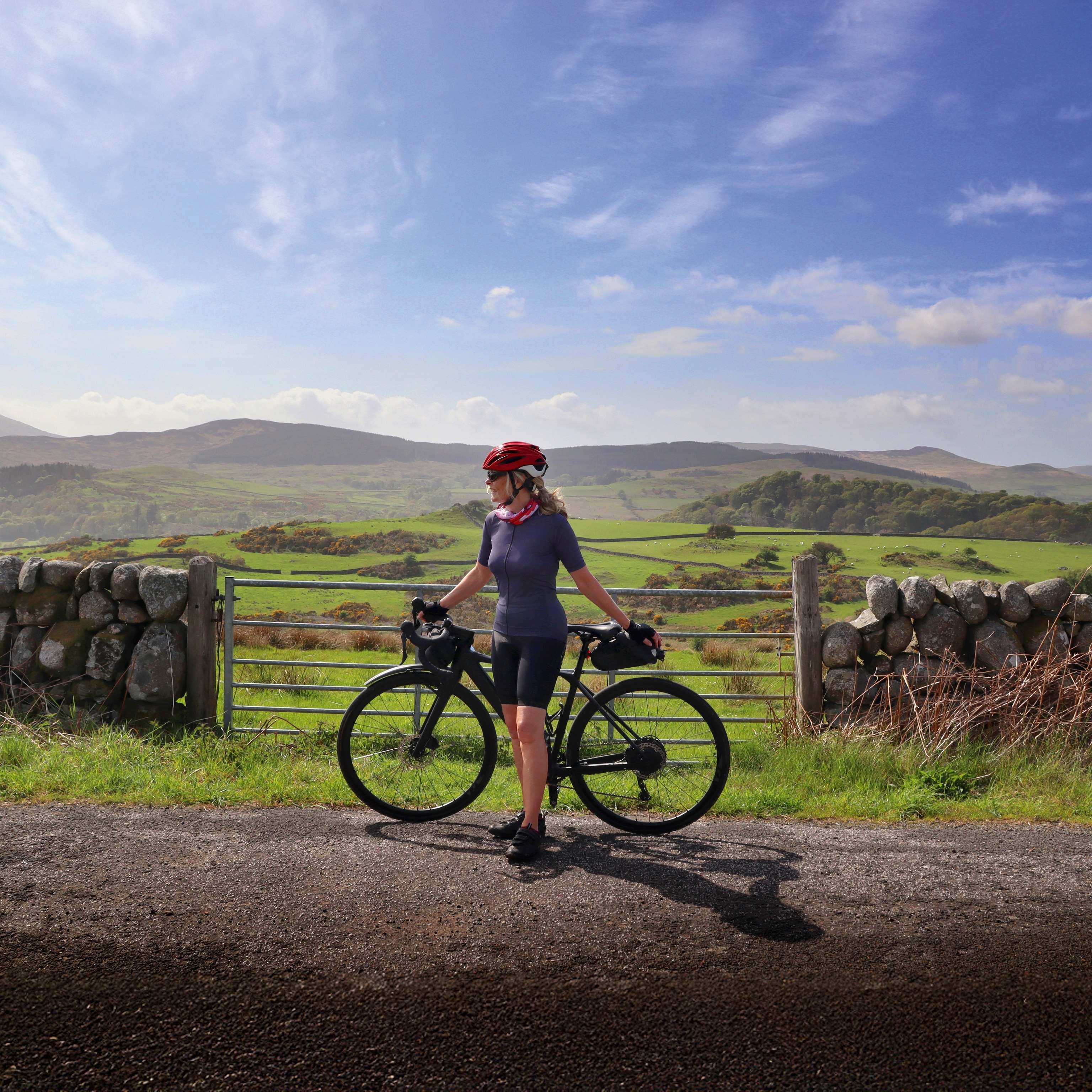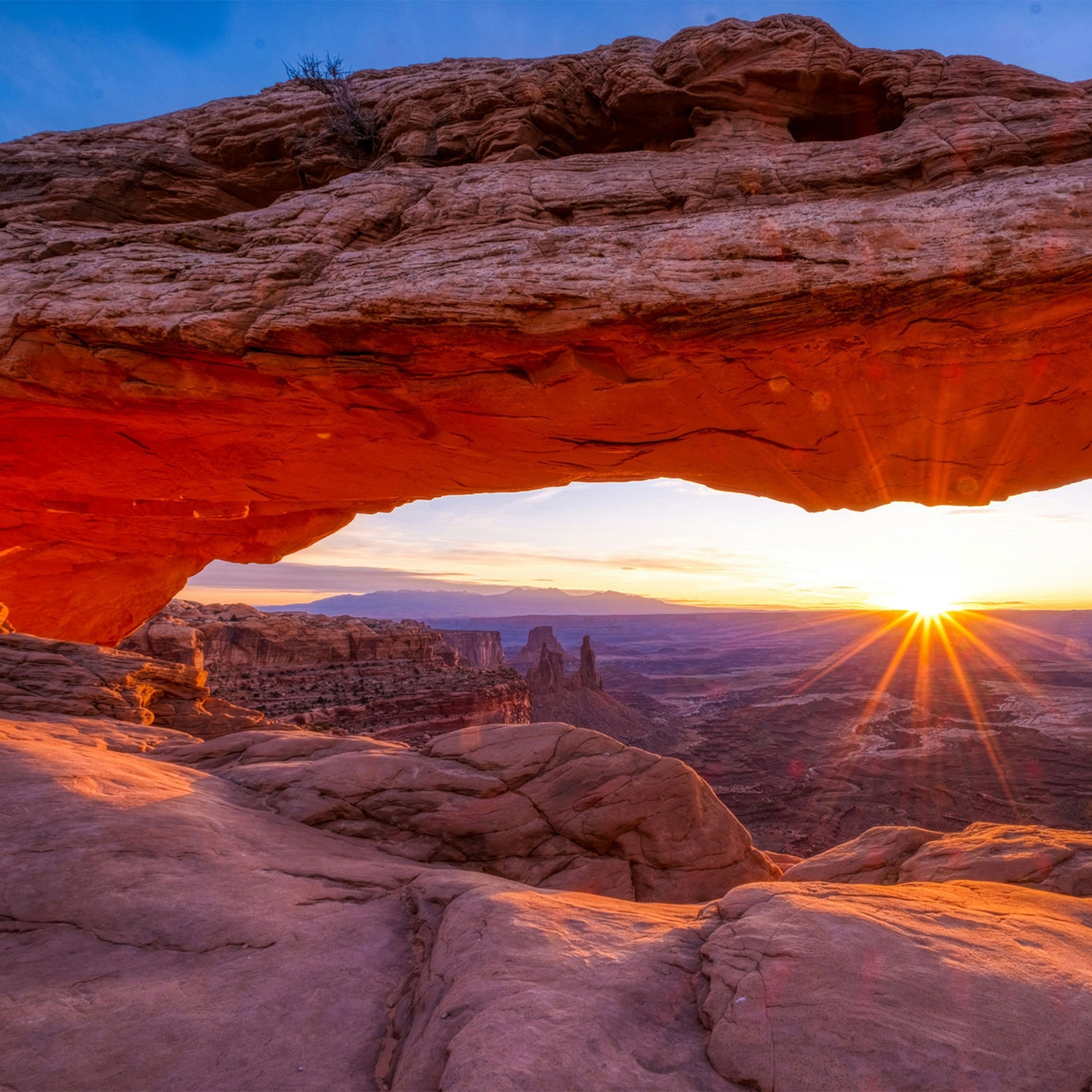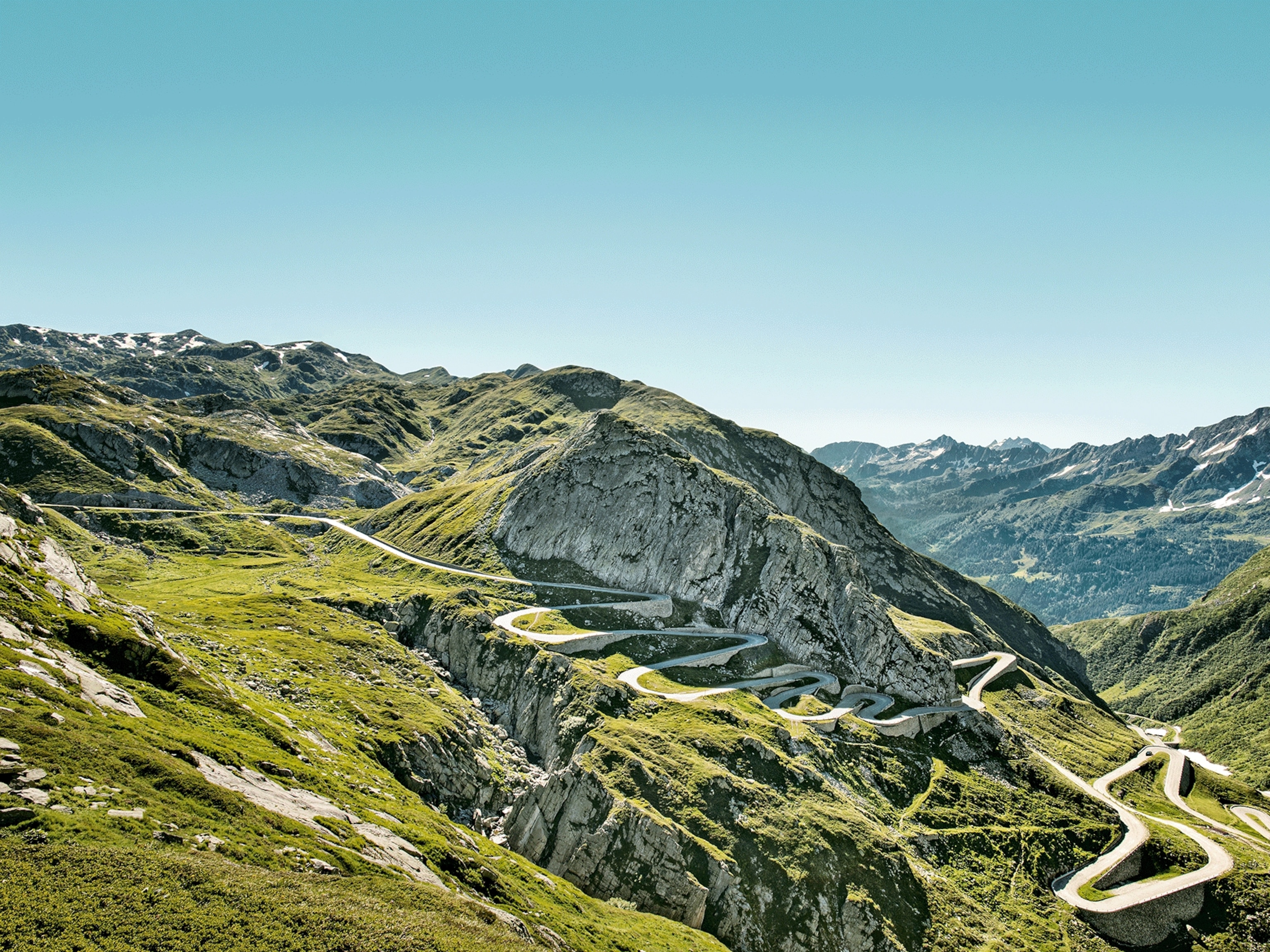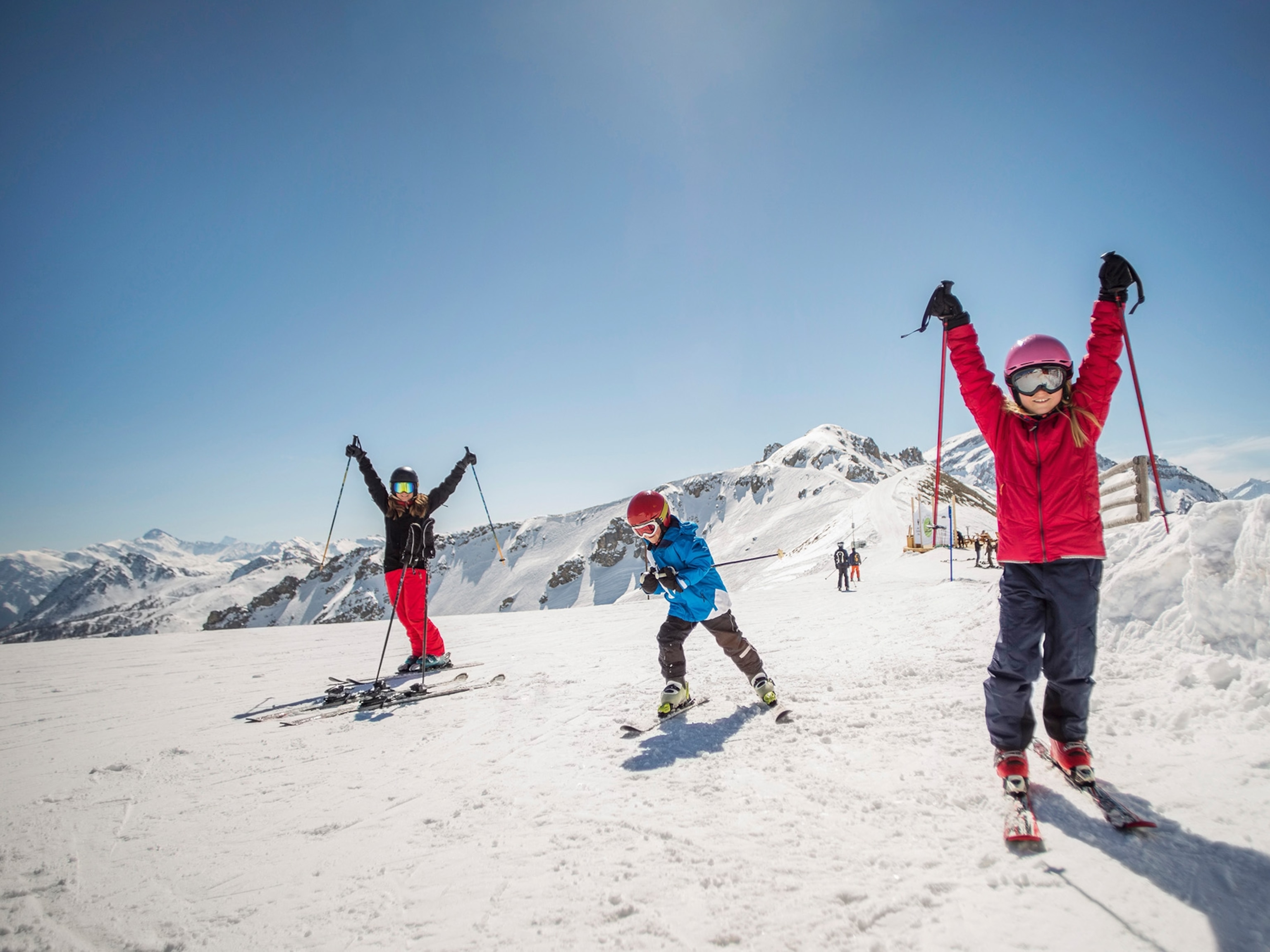
Greenland: how the Arctic destination is becoming an unlikely mecca for extreme sports enthusiasts
Greenland is fast becoming a hub for extreme sports for travellers and islanders alike. From initiatives looking to boost awareness of climate change to community-focused concepts, the island is for those looking to get their adrenaline racing.
Greenland is a vast country of ice and biting winds, a place where temperatures slip to -50°C and days can have as few as three hours of sunlight. It's isolated, largely uninhabitable and very, very cold. For some, these won't be the most inviting attributes, yet for a growing number of adrenalin-seeking adventurers, this frozen outpost at the top of the world is establishing itself as the hottest of destinations.
“It’s truly wild in a way not many places are,” says Will Gadd, the Canadian climber and paraglider who in 2015 was named National Geographic Adventurer of the Year. "You’re a very long way from anything, and that’s an increasingly special feeling.”

Will journeyed to Greenland, home to just 56,000 people, in 2018 to descend hundreds of feet into the hidden depths of Greenland’s colossal ice sheet. His task was to explore and analyse unmapped — and potentially dangerous — sections of the ice sheet, and to examine caverns previously unseen by humans, as part of a research project to better understand how meltwater flows beneath glaciers.
“When the chance came I jumped at it, he says. “I love climbing, obviously, but I also love the places I get to go to. The geography [in Greenland] provides endless potential for a lot of different sports, from skiing to climbing to whitewater kayaking — there really is a world of opportunity there.”
While Will’s trip was part leisure, part scientific endeavour, increasing numbers — estimates suggest that by 2027 total annual overseas visitor numbers will be double what they were in 2019 — are now heading to Greenland because they consider it something of a natural, unblemished playground.

Russian Nikita Martyanov, a legend in the world of wakeboarding, recently went to Greenland to fulfil a desire to ride icebergs. Donning a special wetsuit that enabled him to cope with the brutally cold waters, Nikita turned Disko Bay on the western coast into his own amusement park, pulling off complex tricks and manoeuvres, while dodging concealed slabs of ice.
He’s not the only extreme sports icon to have utilised Greenland’s incomparable landscapes to great effect. Red Bull trial biker Petr Kraus from the Czech Republic used downtown Sisimiut, Greenland’s second-largest city, as the stunning backdrop for his most-watched YouTube video, while acclaimed Danish BMX rider Danny Sorensen has frequently showcased his talents at the Nuuk Playground, an initiative of the local Sermersooq council created to give Greenland’s youth a place to socialise and exercise.
Visits from respected and revered stars such as Will, Nikita, Petr and Danny have undoubtedly played a significant role in establishing Greenland as a bucket-list destination across various extreme sports communities.
“A lot of people want to come here and experience one of the world’s last unexplored places,” says Nick Nielsen, owner of Inuk Expedition, a Greenlandic tour company focused on giving visitors an opportunity to traverse Greenland’s wildest areas, which often involves having them ski, hike, snowshoe or kayak to their destination.
“Greenland is so untouched, and that means people can come here and do something extraordinary” explains Nick. “It’s only going to get more popular. We expect that by 2035, the number of tourists visiting Ilulissat, for example, will triple to 100,000 and a new international airport is being built to accommodate this.”
Nick’s views are shared by Adam Mike Kjeldsen, co-founder and guide at Two Ravens, an outdoor adventure company based in Nuuk, Greenland’s capital: “Greenland is one of the few places in the world that feels unspoiled. It’s remote and beautiful, but also rough. When you’re out in the wilds, poor decisions can have major consequences, but this is often appealing for fans of extreme sports.
“I think the extreme sports sector is going to get more popular, especially once Greenland’s infrastructure and logistics develop a little more,” he adds. “At the moment, snowmobiling seems to be the sport that’s growing the fastest, but I’ve also seen a big rise in the number of people coming here to ski and splitboard.”
And it’s not just a trend isolated to tourists: Greenlanders are also falling more deeply in love with their own terrain for such sports. “We’ve now got some real talents and role models across a number of extreme sports. In small communities, activities are often contagious, and kids are now participating in sports so they can gather and socialise, which is great!” says Adam.

One such homegrown hero is Inuk Siegstad, a BMX rider who can routinely be seen not only impressing onlookers at the Sisimiut skate bowl but encouraging them to get involved. He’s one of many Greenlanders who want to do more than just participate; he’s keen to expand the sporting horizons of his peers and introduce them to a whole new world of outdoor pursuits.
Greenlanders have always had a sporting bent, though until relatively recently, the dominant activities have been traditional Arctic games such as one-foot high kick and head pull. These pastimes, while still popular, are now being overtaken —in terms of both popularity and participation — by extreme sports in many communities.
There are now skating classes in Sisimiut, urban ski runs in Tasiilaq and extensive mountain biking trails around the Ilulissat Icefjord. The ability to partake in these sports is becoming more viable by the day, and this is as attractive to native Greenlanders as it is to overseas enthusiasts.

Ramón Larramendi, the famed Spanish explorer who has travelled almost 25,000 miles in polar territories, fell in love with Greenland when he first visited in 1986. So enamored was he with the island that just a year later he moved to Aasiaat, a small town in western Greenland, where he learned to kayak among icebergs and operate a dog sled.
A few years later Ramón devised and undertook an expedition he named Three Years Across the Arctic, which saw him travel 8,400 miles without using motors or GPS. His journey, which was covered in a 1995 edition of National Geographic, allowed him to see Greenland from a whole new perspective, and this exposure to the country’s stunning — yet tremendously vulnerable — environment instilled in him a desire to prioritise and promote sustainability wherever possible. That’s what encouraged him to found Tasermiut South Greenland Expeditions.
“This is a remote and unspoilt landscape,” says Ramón. “I wanted to organise a type of tourism that would not allow the traditional lifestyle of the residents of Greenland to be lost and, indeed, for people to experience the Arctic in a sustainable manner. This type of responsible tourism is influenced by Inuit traditions and is embedded with a consideration for the polar regions.
“Many of the trips I organise involve sea kayaking. Greenland probably has the best conditions in the world for kayaking among icebergs. I understand other [extreme] sports are increasingly popular with local young people, but in my experience, there’s never been more demand for hiking and kayaking. We’re not used to being alone in nature, to losing contact with civilisation. That’s why people come here, and we all have an obligation to protect this unique place.”
Ramón is not the only person whose love for the environment has led to a minor obsession with Greenland, nor is he alone in being determined to use sport as a means of creating a narrative around the need to be eco-conscious.
Alejandro Agag is the founder and CEO of Extreme E, an off-road racing series that sees specially designed electric SUVs compete in races across the world, often in tough, unforgiving surroundings. In August 2021, the competition made global headlines when the Arctic X-Prix became the first ever motorsport event to be held in Greenland.
“Extreme E aims to highlight the impact of climate change in some of the world’s most remote environments, promote the adoption of electric vehicles to pave the way for a lower-carbon future, and provide a world-first gender equal motorsport platform,” says Alejandro. Some of the drivers used their free time to support Professor Peter Wadhams, Head of Extreme E’s Scientific Committee, in his Arctic research by collecting ice samples from the top of the glacier, which are currently being studied to see how the landscape has changed over the years.
“During our time in Greenland sustainability was at the core. Looming over the course was the Russell Glacier, which is currently shedding around 200 gigatons of ice per year. To put that into perspective, one gigaton is equivalent to 400,000 Olympic swimming pools. Around 80% of Greenland is covered in ice, and if the country’s ice sheet were to melt completely, global sea levels would rise by seven metres [almost 23ft]. This would have irreversible consequences.”
Extreme E has gone a long way to highlighting Greenland’s capacity to host significant sporting occasions, as well as bringing much-needed attention to its current precariousness. It is, however, absolutely essential this approach be embedded across all of Greenland’s future development, which is liable to be rapid and extensive. Greenland’s extreme sports tourism sector is growing. And, so long as the sustainability message remains front and centre, and Greenland’s inherent ruggedness doesn’t disappear in favour of gentrification, there’s no reason for it to do anything other than thrive.
Follow us on social media
Facebook | Twitter | Instagram







